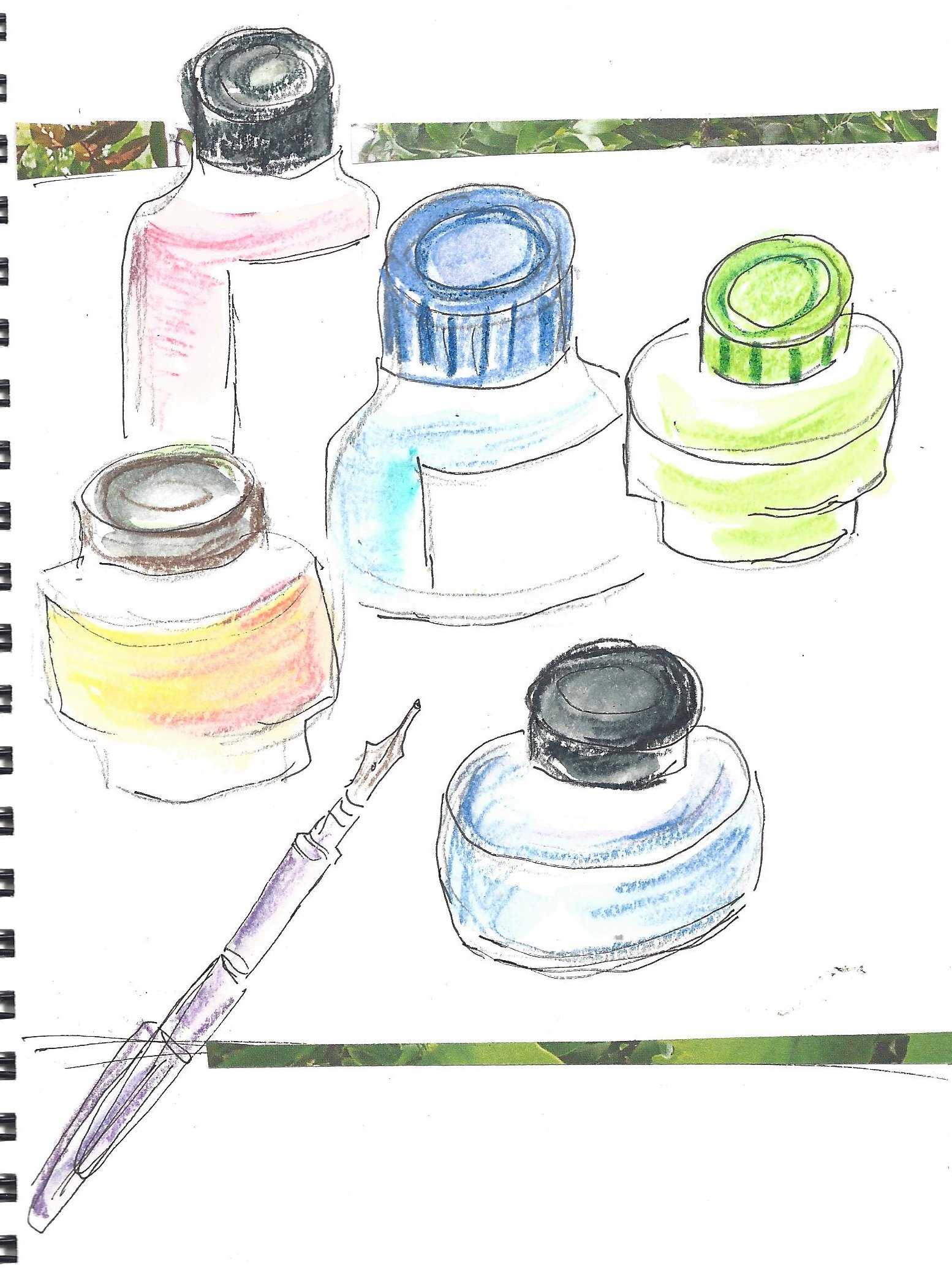Writing Is A Research Method
Dr. Kara was the Mentor in Residence for April 2022 to focus on the topic: Be expansive: Research outside academia. Dr. Helen Kara has been an independent researcher since 1999 and writes and teaches on research methods. She is the author of Qualitative Research for Quantitative Researchers, Research and Evaluation for Busy Students and Practitioners: A Time-Saving Guide, Creative Research Methods in the Social Sciences: A Practical Guide, and Research Ethics in the Real World: Euro-Western and Indigenous Perspectives. In 2015 Helen was the first fully independent researcher to be conferred as a Fellow of the Academy of Social Sciences. She is also a Visiting Fellow at the UK’s National Centre for Research Methods. Visit her blog. Use the code MSPACEQ322 for a discount when you order books from SAGE Publishing.
It has always struck me as odd that people don’t recognise writing as a research method. I doubt there is a single piece of formal research in the Euro-Western world which doesn’t involve writing. Yes, we can make all our reports with video, but those videos need scripting and that requires words.
Writing, in Euro-Western research, is universal. It’s a method used regularly by both quantitative and qualitative researchers. Perhaps that’s why it isn’t recognised as a method, because it is so ubiquitous. But it is a method, and I would argue that it is a qualitative method, even when it is used by quantitative researchers. None of us can do research without writing. Whether you are a computer scientist or a marine biologist, an engineer or a physicist, you have to write about your findings. You cannot simply provide pages of figures without a written explanation to draw out the key points.
Writing is not only a qualitative method, it is also a creative process. This applies even if you are producing very factual prose. You are still combining words into sentences, and combining sentences into paragraphs, that have never been written before. That is creative work, and it is so even if you do not choose to use any of the techniques of so-called ‘creative writing’. And if you do choose to use some of those techniques, your writing may become more compelling, and the information you want to impart may become easier to remember.
The kinds of techniques I am talking about include the use of sensory language, metaphor, imagery, conflict, tension, delay, repetition (for emphasis) and recapitulation (to summarise, or to remind the reader about a point first introduced long before). Now I am not suggesting you write a novel, or try to convert your research work into highly embellished prose. In writing for research, ‘conflict’ does not mean conflict between people, with arguments, fights, even murders, as it can in fiction. (At least, I very much hope it doesn’t.) Instead you can set up a conflict between different scholars’ viewpoints or different theoretical perspectives. Then you can delay the resolution of that conflict to cause a little tension in the reader’s mind and so hook them into your narrative. Posing questions you do not then immediately answer is another good way to create some tension.
Sensory language is useful for activating people’s memories and emotions. Here is an example I often use in teaching. It is from Behind Closed Doors by Laura Stark, an account of her ethnographic study of institutional review boards (aka IRBs – the US equivalent of research ethics committees). She studied documents and observed committee meetings to find out how IRBs made their decisions. I am fascinated by research ethics, so I enjoyed her book – and especially the last part of the short introductory chapter, which is on page 8 and goes like this:
There is no dispute that the current research review system is flawed. On this everyone agrees: board members, administrators, and researchers. But the fact that IRBs provoke such heated debate is all the more reason to understand how these declarative bodies came into being and how they actually do their work. And so, on a dreary May afternoon, I stepped out of an elevator at Adams University Medical School, walked down a windowless corridor, and opened the conference room door where the IRB meeting was about to begin.
You can see from the first three sentences of this passage that Stark’s writing is mostly factual, clear and readable, but some would say quite dry. Then in the fourth sentence she does something quite unusual: she draws on sensory language to activate our memories and our emotions. Most of us will have experienced ‘a dreary May afternoon’, and will have ‘walked down a windowless corridor’ towards a new experience. Stark is bringing us with her – and then she ends on a cliff-hanger. The meeting is about to begin! And there is only white space left on that page, so we are impelled to turn over and read on.
These are only a few small examples of ways to be creative with research writing. As researchers, writing is one way in which we exercise our power. You may not think of yourself or your writing as powerful, yet writing is an act of power in the world. This means that as we write our research, we must take care to be scrupulously fair to our participants and funders, supervisors and managers, colleagues and gatekeepers, data and findings. It also means that we must do what we can to interest, perhaps even entertain, our readers. When we use this inevitable method of writing, a little creativity can go a long way.
Relevant Methodspace posts about academic writing













Michelle Boyd answers a question about taking small steps to make progress on a large writing project.